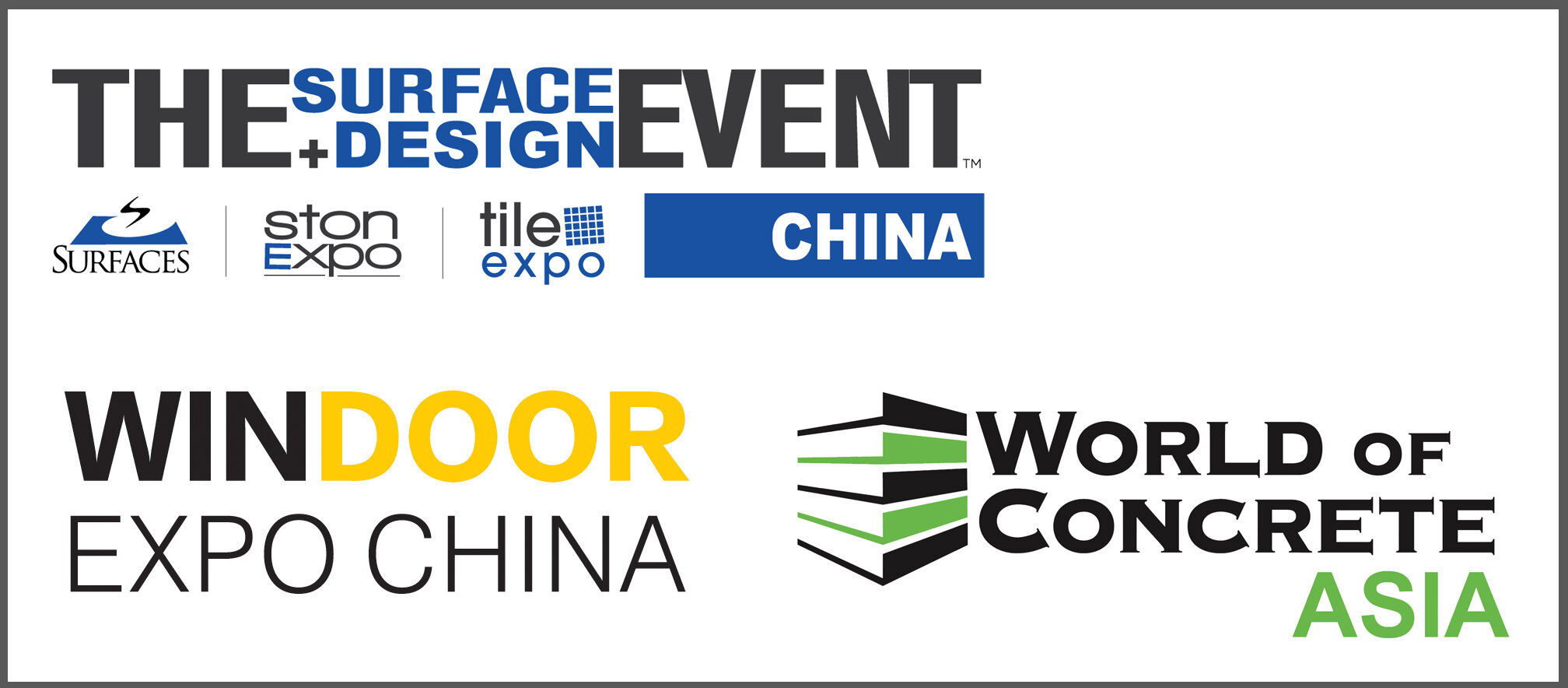AIA CES : Bi-Weekly Courses
This course looks at the issues that architecture firms face with getting paid by clients. Accounts receivable are probably the biggest asset of your business.
Getting Paid: Steps to Follow to Ensure Timely Payments - 1.00 LU
This course looks at the issues that architecture firms face with getting paid by clients. Accounts receivable are probably the biggest asset of your business.
Innovations for Educational Facility Design - 1 LU HSW/SD
Discuss the main issues affecting high-performance school design, as indicated by the CHPS and LEED for Schools certification programs.
How Do Cultures Influence Color? - 1.00 HSW/LU
Provides an overview of diverse cultures and their perception of color with a focus on historical cultural effects, cultural similarities and disparities among color families, and specifying appropriate paint colors in a multicultural global environment.
BIM Interoperability and Relational Databases - 1.00 LU
Explore the basic concept and uses of relational databases as compared to alternative file types and data structures. Request color quality standards when specifying products from manufacturers.
One World Trade Center - 1.00 LU
The story documents the progress of One World Trade Center, the 104-story office tower rising at the Ground Zero site, which will soon be the Western Hemisphere’s tallest building.
Introduction to Glass - 1.00 LU
Be able to identify and describe the different methods for producing and processing glass, describe at least two characteristics that distinguish different types of architectural glass and define the general criteria for selecting or specifying glass.
Universal Design - The Paradigm Shift is Here - 1.00 HSW LU
Universal Design is not a new concept; however, it is time for a paradigm shift. This course prompts the question – should I be offering Universal Design solutions to all of my clients regardless of age or ability?
Discuss Universal Design principles and ADA compliance as part of a focused initiative for a design practice. Analyze products for the bath that promote independent living, evaluate handrail systems and more.
Best Green Projects: Case Studies in Sustainable Design Success - 1.00 HSW/SD
Understand why specific material choices were made. Recognize why specific design/siting decisions were made, and how these decisions contributed to both the project's sustainability and its architectural excellence and more.
Architectural Mesh Systems: Design Freedom and Functionality - 1.00 HSW/SD
At the end of this course you will be able to list at least three ways that architectural mesh systems help to enhance sustainability and you will be able to compare and contrast architectural mesh systems with alternative building products.
The Restoration of Frank Lloyd Wright's Fallingwater - 1.00 HSW
An overview of the restoration of Frank Lloyd Wright's Fallingwater, including details regarding structural issues, moisture intrusion, roof and terrace restoration, and interior and exterior coatings.
Explain the challenges KAUST's site and program presented in its design and construction. Identify passive-sustainable-design strategies used at KAUST. Describe how and why traditional Arabic design elements were incorporated into KAUST's design.
Reducing Embodied Energy in Masonry Construction - 1.00 HSW/SD
Explain the significance of embodied energy in masonry. Discuss the impact of CO2 emissions in the production of masonry, and the potential for reducing this carbon footprint. Reduce the environmental impact of masonry construction. Evaluate and compare.
Healthy Indoor Air by Design - 1.00 HSW/SD
Describe why indoor air quality is so important. Explain how we can enhance the quality of air we breathe. Define Indoor Air Quality & explain how it fits into sustainable design. Explain how to know which marks or certifications to look for in the mark.
Green Walls: Integrating Nature into Buildings - 1.00 HSW/SD
Identify and differentiate between various types of green wall systems and the current trends related to them.
Lighting the Spatial Envelope - 1.00 HSW/SD
Implement techniques for effective lighting of the spatial envelope.






